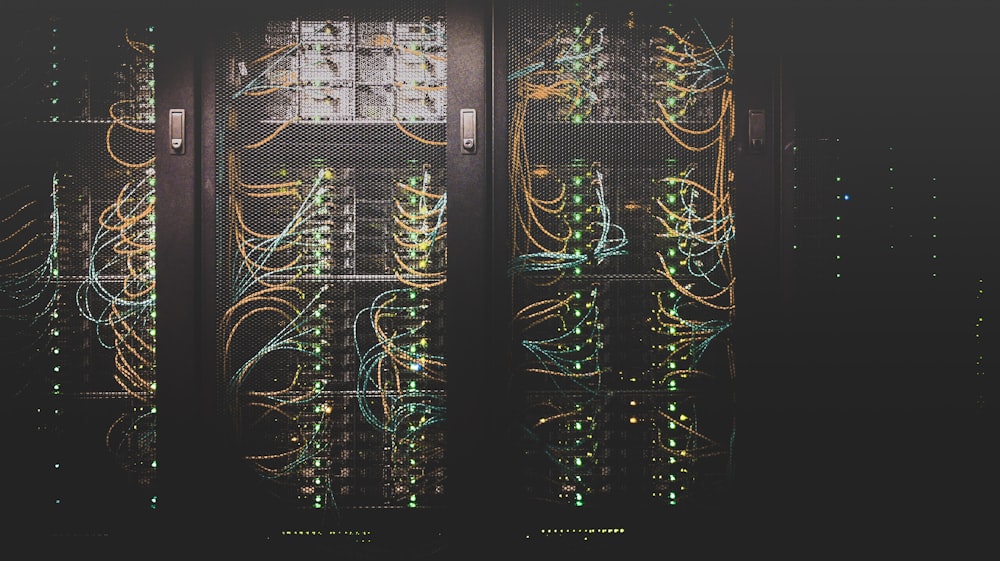Building Resilient Kubernetes Clusters: Best Practices and Pitfalls
In the world of container orchestration, Kubernetes has emerged as the de facto standard for deploying, scaling, and managing containerized applications. However, simply setting up a Kubernetes cluster is just the beginning. To ensure your applications remain available and reliable, you need to build resilience into your Kubernetes infrastructure.
Understanding Resilience in Kubernetes
Resilience refers to a system’s ability to withstand and recover from failures. In Kubernetes, this means designing your clusters to handle various failure scenarios:
- Node failures
- Network partitioning
- Zone or region outages
- Resource exhaustion
- Application crashes
A truly resilient Kubernetes cluster can continue operating and serving user traffic even when faced with these challenges.
Key Components for Kubernetes Resilience
1. Multi-Master Control Plane
The control plane is the brain of your Kubernetes cluster, and its availability is critical. To build resilience:
# Example GKE cluster with multi-master setup
apiVersion: container.google.com/v1
kind: Cluster
metadata:
name: resilient-cluster
spec:
# Create a regional cluster with multiple control plane nodes
locations:
- us-central1-a
- us-central1-b
- us-central1-c
nodePools:
- name: default-pool
initialNodeCount: 3This configuration creates a control plane distributed across three zones, ensuring that if one zone experiences issues, the control plane remains operational.
2. Node Redundancy and Auto-Scaling
Distributing your worker nodes across multiple availability zones prevents zonal failures from affecting your entire application.
# Kubernetes Deployment with Pod Anti-Affinity
apiVersion: apps/v1
kind: Deployment
metadata:
name: web-app
spec:
replicas: 6
selector:
matchLabels:
app: web-app
template:
metadata:
labels:
app: web-app
spec:
affinity:
podAntiAffinity:
preferredDuringSchedulingIgnoredDuringExecution:
- weight: 100
podAffinityTerm:
labelSelector:
matchExpressions:
- key: app
operator: In
values:
- web-app
topologyKey: "topology.kubernetes.io/zone"This deployment uses pod anti-affinity to distribute pods across different zones, improving resilience against zonal failures.
3. Proper Resource Management
Properly configuring resource requests and limits helps prevent resource contention and ensures applications have the resources they need to function correctly.
apiVersion: apps/v1
kind: Deployment
metadata:
name: resource-managed-app
spec:
replicas: 3
selector:
matchLabels:
app: resource-managed-app
template:
metadata:
labels:
app: resource-managed-app
spec:
containers:
- name: app-container
image: your-app:latest
resources:
requests:
memory: "128Mi"
cpu: "100m"
limits:
memory: "256Mi"
cpu: "500m"4. Health Checks and Self-Healing
Kubernetes provides liveness and readiness probes to monitor container health and restart or remove unhealthy containers automatically.
apiVersion: apps/v1
kind: Deployment
metadata:
name: health-aware-app
spec:
replicas: 3
selector:
matchLabels:
app: health-aware-app
template:
metadata:
labels:
app: health-aware-app
spec:
containers:
- name: app-container
image: your-app:latest
livenessProbe:
httpGet:
path: /health
port: 8080
initialDelaySeconds: 30
periodSeconds: 10
readinessProbe:
httpGet:
path: /ready
port: 8080
initialDelaySeconds: 5
periodSeconds: 5Common Pitfalls to Avoid
1. Single Points of Failure
Problem: Configuring critical services with only one replica or in a single zone.
Solution: Always use multiple replicas and distribute them across zones:
apiVersion: apps/v1
kind: Deployment
metadata:
name: database-proxy
spec:
replicas: 3 # Multiple replicas for redundancy
strategy:
type: RollingUpdate
rollingUpdate:
maxSurge: 1
maxUnavailable: 0 # Zero downtime updates
selector:
matchLabels:
app: database-proxy
template:
metadata:
labels:
app: database-proxy
spec:
# Distribute across zones
topologySpreadConstraints:
- maxSkew: 1
topologyKey: topology.kubernetes.io/zone
whenUnsatisfiable: DoNotSchedule
labelSelector:
matchLabels:
app: database-proxy
containers:
- name: proxy
image: database-proxy:latest2. Improper Resource Configuration
Problem: Under-provisioning resources or not setting limits can lead to resource starvation or nodes being overcommitted.
Solution: Analyze application requirements and set appropriate requests and limits.
3. Inadequate Monitoring and Alerting
Problem: Not having visibility into cluster health and performance.
Solution: Implement comprehensive monitoring with tools like Prometheus and Grafana:
# Prometheus ServiceMonitor example
apiVersion: monitoring.coreos.com/v1
kind: ServiceMonitor
metadata:
name: app-monitor
namespace: monitoring
spec:
selector:
matchLabels:
app: your-app
endpoints:
- port: metrics
interval: 15s4. Neglecting Backup and Recovery
Problem: Not having a backup strategy for etcd and application data.
Solution: Regular backups and tested recovery procedures:
# Example etcd backup command
ETCDCTL_API=3 etcdctl snapshot save snapshot.db \
--endpoints=https://127.0.0.1:2379 \
--cacert=/etc/kubernetes/pki/etcd/ca.crt \
--cert=/etc/kubernetes/pki/etcd/server.crt \
--key=/etc/kubernetes/pki/etcd/server.keyBest Practices for Kubernetes Resilience
-
Use StatefulSets for Stateful Applications: StatefulSets provide stable, unique network identifiers, stable, persistent storage, and ordered, graceful deployment and scaling.
-
Implement Circuit Breaking and Retries: Use service mesh solutions like Istio to add resilience patterns at the network level.
apiVersion: networking.istio.io/v1alpha3
kind: DestinationRule
metadata:
name: circuit-breaker
spec:
host: myservice
trafficPolicy:
connectionPool:
tcp:
maxConnections: 100
http:
http2MaxRequests: 1000
maxRequestsPerConnection: 10
outlierDetection:
consecutiveErrors: 5
interval: 30s
baseEjectionTime: 30s-
Practice Chaos Engineering: Regularly test your cluster’s resilience by introducing controlled failures.
-
Implement Horizontal Pod Autoscaling: Scale your applications automatically based on CPU or custom metrics.
apiVersion: autoscaling/v2
kind: HorizontalPodAutoscaler
metadata:
name: app-hpa
spec:
scaleTargetRef:
apiVersion: apps/v1
kind: Deployment
name: your-app
minReplicas: 3
maxReplicas: 10
metrics:
- type: Resource
resource:
name: cpu
target:
type: Utilization
averageUtilization: 50- Use PodDisruptionBudgets: Ensure high availability during voluntary disruptions like node drains.
apiVersion: policy/v1
kind: PodDisruptionBudget
metadata:
name: app-pdb
spec:
minAvailable: 2 # Or use maxUnavailable
selector:
matchLabels:
app: your-appReal-World Case Study
At a financial services company I worked with, we implemented these resilience patterns for their critical payment processing system. During a major zone outage in their cloud provider, the system continued to process transactions without any customer impact, thanks to:
- Multi-zone deployment across three availability zones
- Automated failover for database connections
- Circuit breaking to prevent cascading failures
- Comprehensive monitoring and alerting
- Regular chaos engineering exercises that simulated zone failures
The key insight was that resilience isn’t a single feature but a combination of architecture decisions, operational practices, and continuous testing.
Conclusion
Building resilient Kubernetes clusters requires thoughtful architecture, proper resource management, and operational excellence. By distributing your workloads across failure domains, implementing health checks, and following the best practices outlined in this article, you can create a Kubernetes environment that remains available and reliable even in the face of infrastructure or application failures.
Remember, resilience is not a one-time achievement but an ongoing process. Regularly test your failure scenarios, update your recovery procedures, and continuously improve your architecture to handle new types of failures as they emerge.
Have you implemented any of these resilience patterns in your Kubernetes clusters? Share your experiences in the comments below!
